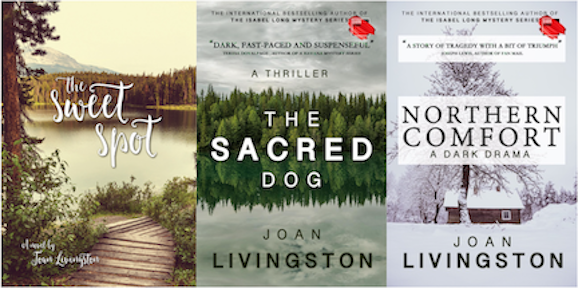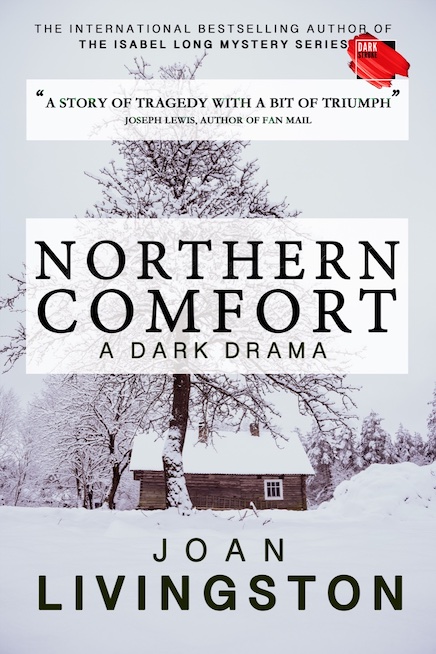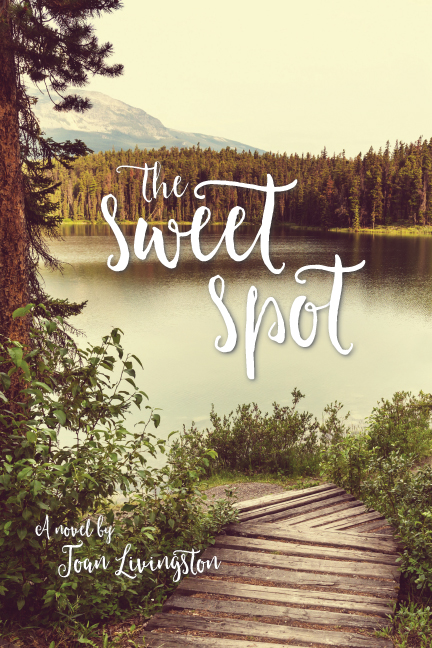There always seems to be one week in winter when it feels the grayest, coldest, and maybe the snowiest. And where I live that typically happens in mid-January. Certainly, for the past several days, we have been experiencing a brutal cold — although it appears the same is true for much of the country. (My daughter who lives in Florida says it was in the nippy 30s there.)
This past weekend, it was 8 degrees when I got up and the temps didn’t rise that much during the day. Sunlight streamed in from the east side of the house, but I wasn’t fooled into thinking it could be warm outside. I had to force myself to take my daily walk and carry in armfuls of firewood for the workshop’s stove. I thought “ka-ching” every time I heard the furnace begin to crank. Luckily, any snow we got was powder thanks to the cold, so shoveling was easy or the flakes just blew away.
I dreaded this week when I worked outside the home, specifically as a newspaper editor. In those days, I drove a good country road, Route 143, from Worthington, the small hill town in Western Mass. where we lived, through two others to a valley city. I began my commute at 6:10 a.m. and left work at 3 p.m. Most of the year, it was a pleasant 45-minute drive with long views, deep forests, occasional wildlife, and very few vehicles. A traffic jam typically involved three cars stuck behind a logging truck on one of the route’s steep hills.
But winter was a different experience altogether. I was obsessed with following the weather and planned accordingly. But more often than not, the worst stretch was the aforementioned mid-week in January.
That week started with the day we celebrate Martin Luther King Jr. Day — a day off for the highway crews. Every year it seemed, we got hit with a storm and the crews would have to be called in to take care of the roads. As I drove home, I hoped my timing was good.
And, of course, the light deprivation and isolation can be really hard on some people.
When I wrote Northern Comfort, one of my three Hilltown Books, I wanted to capture this bleak time of year. This is a book about haves and have nots. One of the main characters is Willi Miller who lives in poverty while raising her disabled son alone. The book begins with a tragic accident, but it evolves into a story about hope and perseverance, much like what spring can do for us.
Here is a passage from the first chapter, appropriately called Worst of Winter, that I feel describes this time of year. Willi Miller is hanging laundry after coming home from work.
She picked her hat from the snow. The sun was low in the sky, and the dark smudge spreading from the west likely carried more snow. Willi frowned. It’d be too much trouble to take the clothes down again. She hated this part of winter, mid-January. It snowed every day, not much, but enough to keep the road crews going with their plows and sanders. Winter always has a week like this, unsettled weather, the worst of the season, of the year, as far as she was concerned. Often, it happened after the thaw, so that brief warm spell seemed like one cruel joke.
I believe the temperatures are supposed to rise this coming week. Well, it was 16 degrees when I woke up this morning. That’s a start. But being a skeptical New Englander, I’ll say seeing — and in this case, feeling — is believing.
ABOUT THE PHOTO ABOVE: Something amusing I saw outside a bakery in the Berkshires.





